What is the car steering system? The steering system is the core of car control. Like the human nervous system, it converts the driver’s intention into the precise deflection of the wheel. Behind this seemingly simple action, there is the coordinated operation of mechanical, hydraulic and electronic technologies.
1. The basis of direction control
Every turn of the steering wheel is transmitted to the gear rack mechanism through the steering column. When the tie rod drives the front wheel to deflect, the steering angle of the inner wheel will be slightly larger than the outer wheel (Ackerman principle), ensuring that the vehicle turns around the ideal center of the circle. This design allows the vehicle to steer flexibly while maintaining stability and avoiding excessive wear of the tires.
2. Guarantee of control stability
The steering system needs to balance the contradiction between “light” and “accurate”. Hydraulic power steering generates auxiliary force through the oil pump, which is light and labor-saving at low speed, and automatically reduces the power at high speed to prevent the direction from drifting. Electric power steering (EPS) is more intelligent, can adjust the power intensity in real time, and provide reverse torque compensation in emergency obstacle avoidance, making the vehicle more “obedient”.
3. Invisible regulator for driving comfort
The steering system absorbs road vibrations through suspension geometry design. When the wheel encounters a pothole, the ball joint of the steering rod allows slight swing to prevent vibrations from being directly transmitted to the steering wheel. Some luxury models are equipped with variable steering ratio technology. When parking, the steering wheel only needs to turn half a circle, and when driving at high speed, it needs to turn two circles, taking into account flexibility and stability.
4. Active construction of safety barriers
The electronic stability program (ESP) monitors the steering angle and body posture, actively brakes the inner wheel in emergency lane changes, and corrects the driving trajectory. The steer-by-wire system (SBW) completely eliminates mechanical connections and realizes steering through sensors and motors, laying the foundation for autonomous driving, while being able to simulate different road feel feedback.
5. Technical direction of future evolution
With the development of intelligent driving, the steering system is evolving into a “road feel translator”. It not only executes steering instructions, but also converts information such as the friction between the tire and the ground and the adhesion of the road into electrical signals to help the computer make safer driving decisions. Some concept cars can already achieve four-wheel independent steering, allowing the vehicle to move laterally like a crab.
This precision system is constantly under the test of steering column distortion, ball joint wear, power steering oil leakage, etc. It is recommended to check the steering ball joint clearance every 20,000 kilometers and replace the power steering oil every 40,000 kilometers. When there is a direction deviation, abnormal noise or shaking, it needs to be repaired immediately. After all, the health of the steering system is directly related to whether the vehicle can “go where you point it”.

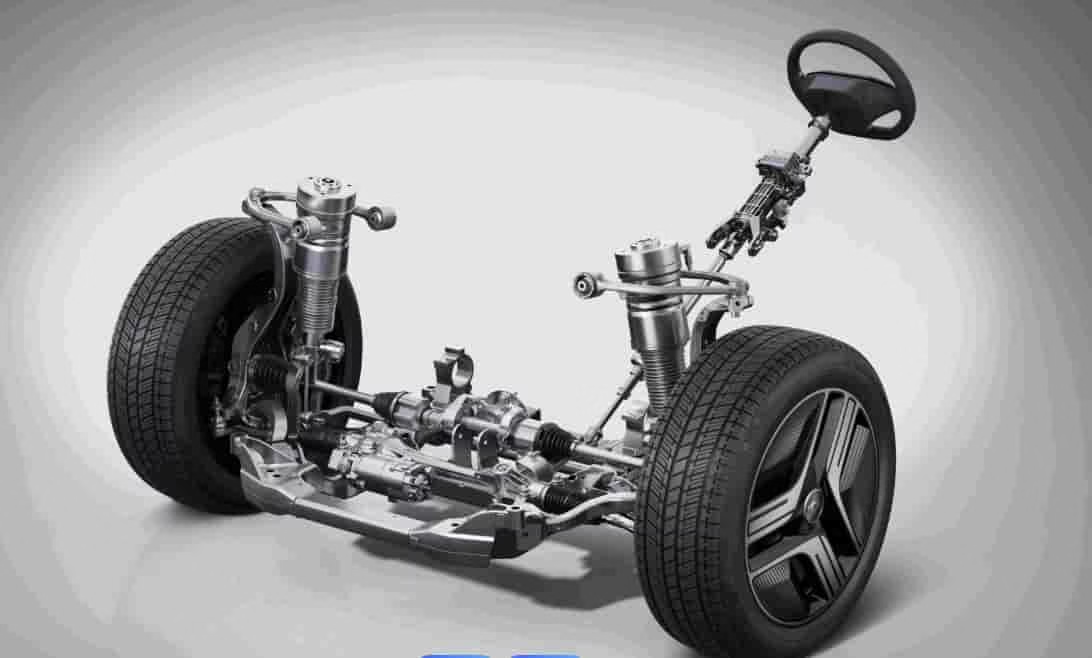



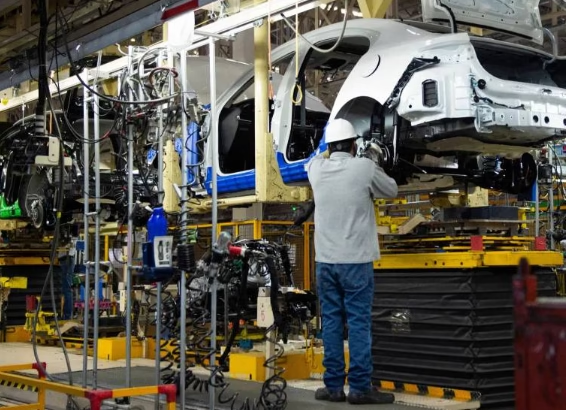
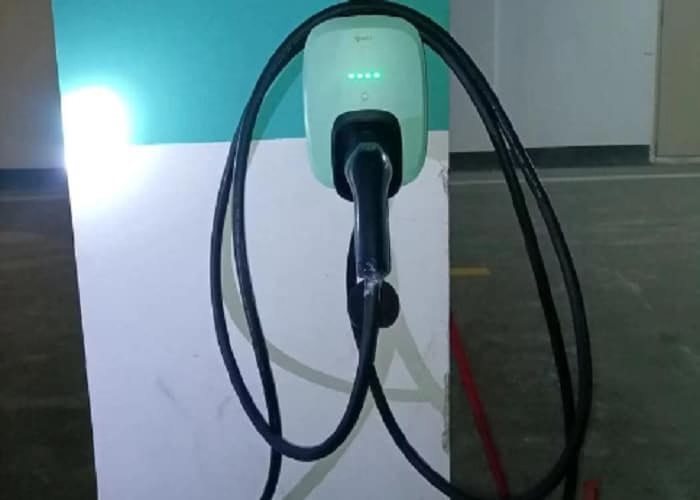
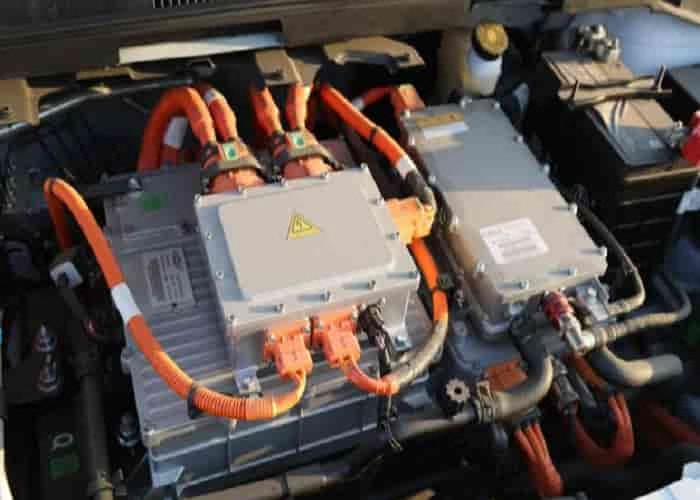
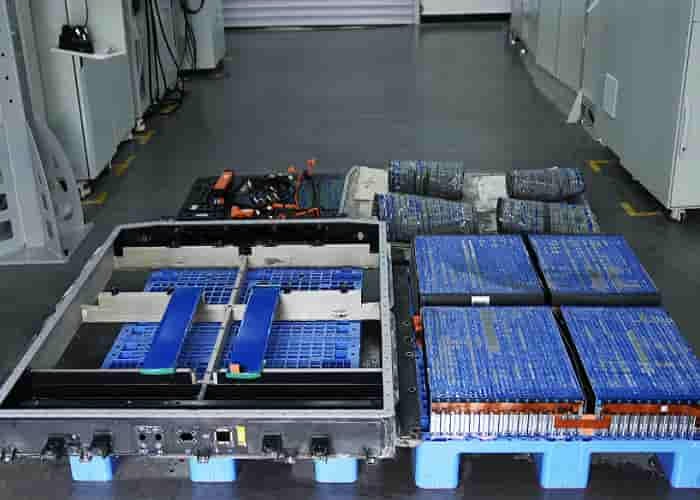
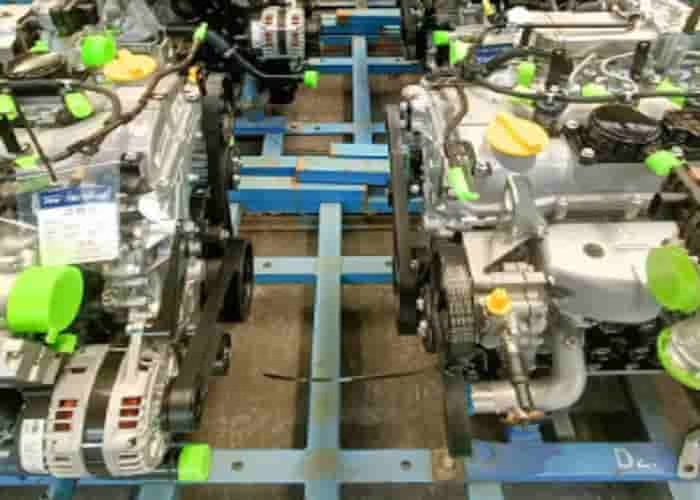

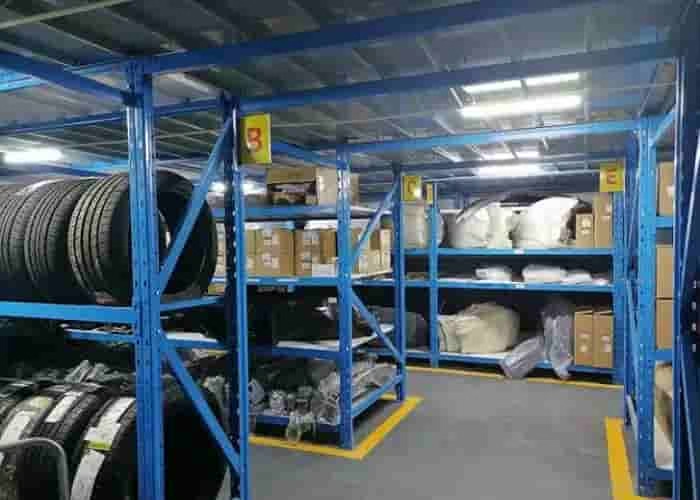
Leave a Reply